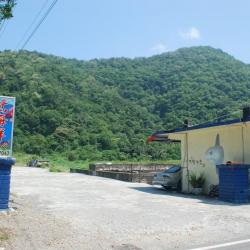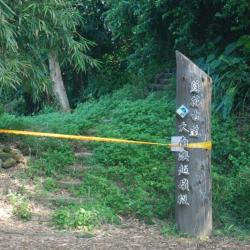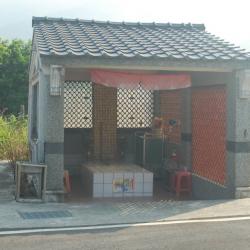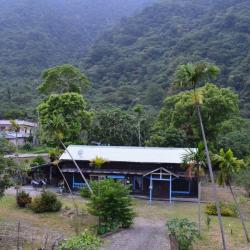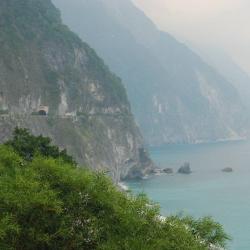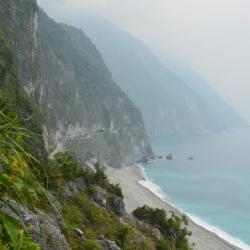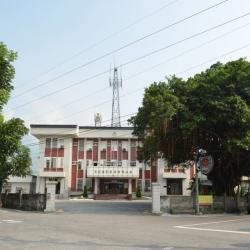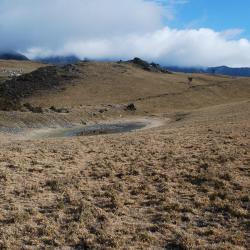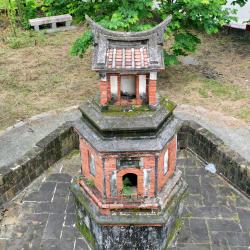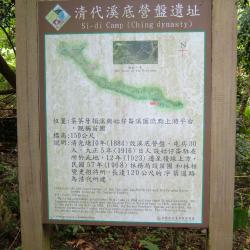Da Nan’ao is located on the plateau on the left bank of Northern Da Nan’ao River in Nan’ao Township of Yilan County. It is surrounded by mountains and faces the ocean on the east. The Atayal people call the place “Kinan”, meaning a very beautiful environment. The name, Nan’ao, first appeared in historical documents in 1810. It was called Da Nan’ao because it was located in the south of Su’ao. It was only renamed Nan’ao during the Japanese occupation period. After the establishment of the Nan’ao community in 1932, this name got widely accepted by many.
Today, Nan'ao Village is adjacent to Chaoyang and Nanqiang Erli in Su'ao Township.
